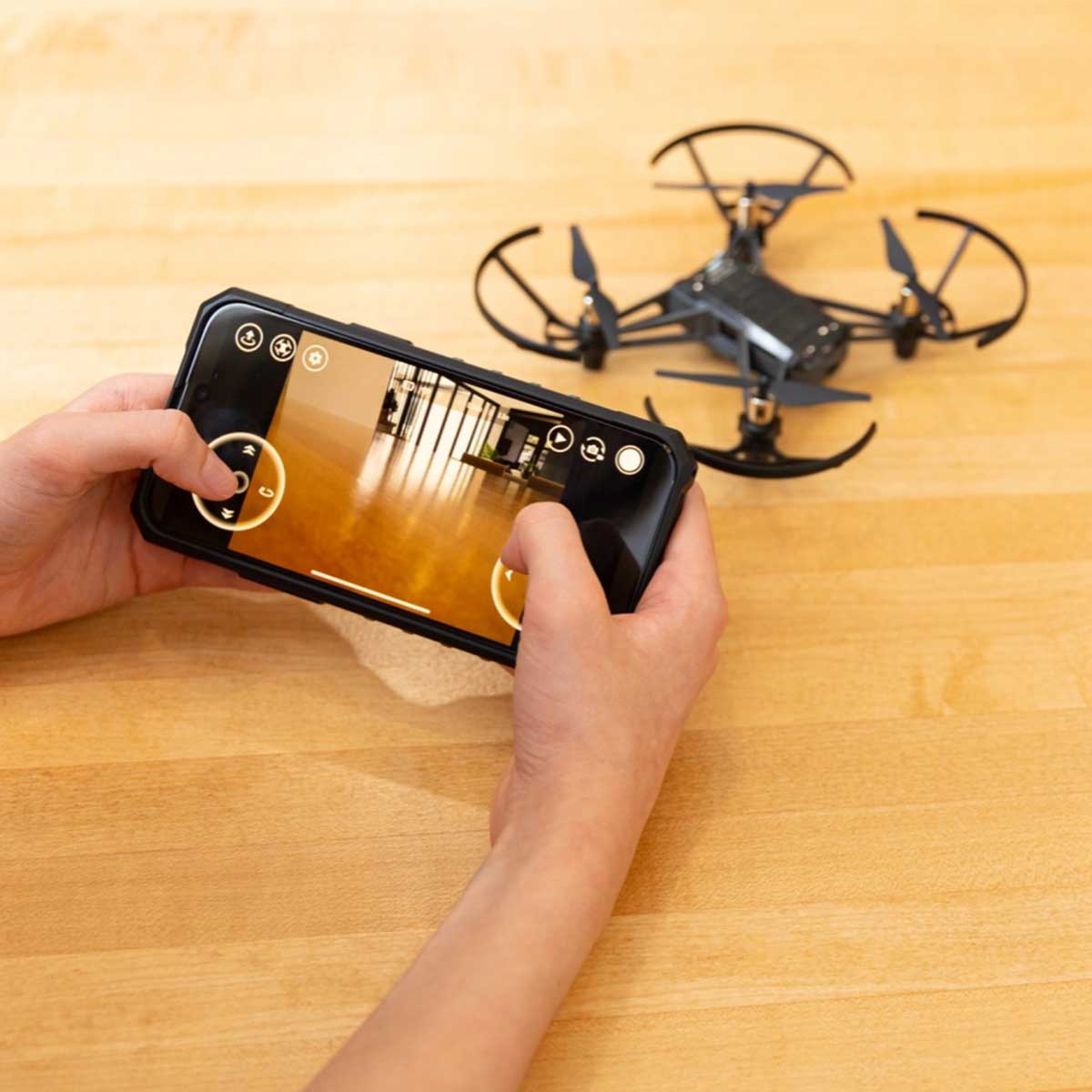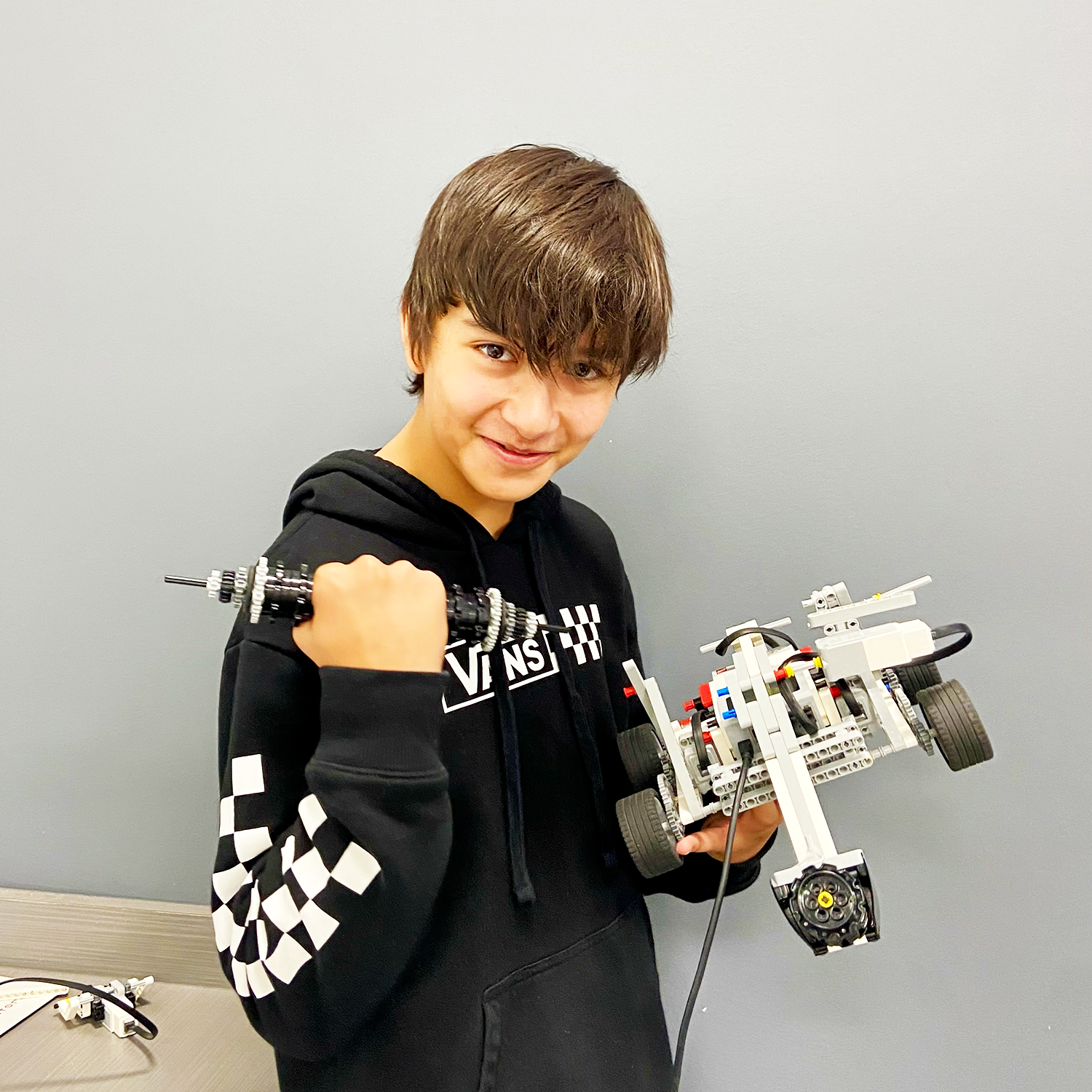4 Halloween Science Projects for Kids
Giant spiders. Skeletons on horseback. Pumpkins on every stoop! Our favorite spooky holiday is just around the corner. So we’ve got four Halloween science projects to set the mood and keep your little ones entertained as temperatures start to drop.
Halloween is an excellent opportunity to teach your kids about science. Seemingly simple decorations can become engaging projects. Here are the science projects we’ll undertake today:
Project 1: Dry Ice Witch’s Cauldron

We’ll start with making a simple foggy witch’s cauldron. This cauldron makes a brilliant decoration, and kids have a lot of fun watching it come to life.
The instructions are straightforward, but you will need a ‘cauldron’ and dry ice.
Supplies you will need:
DRY ICE WITCH’S CAULDRON:
- 2 Liter Plastic Container
- Hot Water
- Dry Ice
- Towel
- ‘Cauldron’
- Hammer
- Heavy Leather Gloves
Dry ice is so cold it can burn you if you aren’t careful. You will need a pair of heavy leather gloves if you plan to handle the ice with your hands.
Most people can find dry ice in local grocery stores near the front of the store. Some Wal-Mart stores carry it, so you might check there to start.
Once you have your dry ice, you’ll want to lay it out on a towel and bust it up into smaller chunks with a hammer (assuming it didn’t come in small pieces already).
Wearing the leather gloves, place some chunks of dry ice in the bottom of your cauldron.
Use your plastic container to slowly pour hot water over your ice chunks in the cauldron. The dry ice will almost instantly create a fog.
Pro Tip: You can let your kid do the pouring if they’re old enough. They’ll love it!
After a while, the water will start to cool. You can pour the cool water out and replace it with more hot water to keep your fog going.
Project 2: Static Electricity Ghosts

Another Halloween science project that’s always popular with kids is static electricity ghosts.
Essentially, you inflate a balloon, draw a ghost face, and then use various materials to experiment with static electricity.
Supplies you will need:
STATIC ELECTRICITY GHOSTS:
- At least 2 white balloons
- 1 Sweater
- Markers
- Tissue paper
- Cardboard
- Aluminum foil
- Yarn
- Pom Poms
- Pipe Cleaners
- Ribbon
- Cloth
- Foam
Start by inflating your white balloons. Once they’re blown up, use black markers to give them a face, mouth, and any other ghost parts.
Now rub one of the balloons on the sweater to build up static electricity.
Next, touch each balloon to the other materials, such as the aluminum foil and pom poms, so your child can discover what happens.
Using ghost balloons can teach your kid about static electricity, conductivity, and how a balloon can hold a negative charge.
Ask your child questions to get them involved and to help them understand what is taking place when items are either attracted to the balloon, repelled by it or when nothing happens at all.
For even more fall STEM projects check out this iCode School article.
Project 3: Germinating Pumpkin

Dirt, decay, and pumpkins. What more could a child ask for from a Halloween science project?
Germination is the process of sprouting a seedling. In this case, we’re sprouting pumpkins, and we’ll do it inside another pumpkin.
It’s kind of like creating Frankenstein when you think about it.
The cool part is you get to teach kids about plant life. Not just the life part but also how to grow and care for that life.
Supplies you will need:
GERMINATING PUMPKIN:
- Small pumpkins (the tiny ones)
- Dirt
- Water
- Knife (to cut the top of the pumpkin off)
First, an adult should cut the top of the mini pumpkin off with a knife to reveal the pumpkin’s ‘guts’.
Since pumpkins already have seeds, you don’t need to bring any. Some people do use seed starter, but it probably isn’t necessary.
Okay, now you’re going to fill the inside of the pumpkin with dirt (and by *you* we mean your kid).
Once it’s filled up, you can water it lightly and then sit the pumpkin somewhere it will get sunlight.
Water it once a day, and within a week or two, you’ll start to see changes!
One of the first changes you’ll notice is that the original pumpkin is rotting. However, as the old pumpkin rots away, a new pumpkin is born and sprouts up out of the dirt!
Amazing!
It’s a bit of a slow burn, but that’s also a lesson in patience, so the wait is kind of a bonus.
If you liked this project and you want to give your child a deeper STEM foundation, take a look at all that iCode School has to offer!
Project 4: Squishy Monster Eyes

For our last Halloween science project, we’ll switch gears and get extra spooky with monster eyes!
Many of you made these as kids, but even if you didn’t, you can still experience the joy of doing it now with your kids.
For this one, hand your child a raw egg.
Ask them if they can remove the eggshell without making a mess.
Naturally, they’ll say you’re out of your mind (and that’s where the fun begins).
Supplies you will need:
SQUISHY MONSTER EYES:
- Eggs
- Vinegar
- Mason Jars
- Food Coloring (Halloween colors)
- Large bowl
- Tablespoon
- Towel (to clean up messes)
First, set the egg down in your mason jar or cup.
Next, pour vinegar over the top to fill the container enough that the egg submerges (if the egg floats, that’s okay).
Now add your food coloring. Gently mix it in with a spoon or stirrer if you like to ensure it evenly distributes.
Almost immediately, carbon dioxide bubbles will start to form on the egg’s shell as a chemical reaction begins.
Let the egg sit in the vinegar for 24 hours, and then replace the liquid with fresh vinegar. Now let the egg sit for an additional 24 hours.
It is important that you allow the egg to sit in the vinegar for 24 hours each time so the process can reach completion.
After 48 hours have passed, remove the egg from the vinegar, and rinse it off.
It’s ready!
Let your kids squish it, bounce it, and play with it (until it inevitably falls from a table and breaks on the floor)!
After Halloween Science
Even when Halloween is over, you can still get your kids involved in fun science projects.
iCode School was explicitly designed for that purpose.
Our instructors work with kids daily on unique science, technology, engineering, and mathematics projects to help them learn and grow.
Kids learn from hands-on experience and alongside other children just as interested in science projects as they are!
To learn more about what iCode School can do for your child, click here to explore our site now.
Recommended Blogs
iCode Loyalty Points: How to Redeem, Shop, and Connect Your Child’s Social Media (Step-by-Step for Parents!)
Hi Parents, Your child is earning loyalty points at iCode—and now, you can easily use those points to save on class enrollments or shop for fun items in our store! Plus, connecting your child’s social media accounts helps them earn even more rewards. Here’s a detailed, easy-to-follow guide (with pictures and videos!) on how to do it all. ✅ Part 1: Redeem Loyalty Points When You Enroll in Classes You can use loyalty points while enrolling in classes—whether through our website or the Parent Portal. Option 1: From the Website Pick a Class: Go to the iCode website and pick the class your child wants to join. Log In: After clicking Continue, select "Already a customer" and log in with your Parent Portal username and password. Apply Loyalty Points: On the payment page, you’ll see the option to Redeem your points. You will see how many points are available for each student, along with the dollar value. Select & Redeem: Choose the number of points you'd like to use and click Redeem. The total will automatically reduce by the amount covered by points. 💡 Look for the small eye icon—hovering over it will show how much was paid using points.…
Enter Our New Contest to Win a Tello Quadcopter Drone!
Are you a parent in the DFW area with a tech-savvy child who loves drones, coding, video games, and all things STEM? Or are you a big fan of drones? We have some thrilling news for you! We're hosting an exciting NEW contest and you or your child has the chance to win a Tello Quadcopter Drone with HD Camera, VR capabilities, DJI technology, and an Intel processor. Valued at $169.99, this incredible prize could be yours for FREE! iCode Summer Giveaway What is the Contest About? Our contest is designed to engage kids who are passionate about technology and STEM. It’s a fantastic opportunity for them to showcase their skills and interests while competing for an amazing prize. By participating, they not only stand a chance to win the drone but also get to be part of a fun and educational experience. How to Enter Entering the contest is simple! Just click on the section below to enter the contest, or head over to our gleam.io contest page, sign up, and complete various actions to earn entries. The more actions you complete, the higher your chances of winning. Important Dates Make sure to mark your calendars! The contest runs…
Why Gamified Learning at iCode is the Future of STEM Education
Founded in 2015 in Frisco by Abid Abedi, a father who wanted to create an after-school program that kids would love rather than dread, iCode has grown into a nationwide phenomenon. With programs in STEM, coding, robotics, gaming, and more, iCode combines education and entertainment to keep children ahead of the curve in today’s fast-paced technological world. Watch This Video About iCode from CW33 Abedi, a father of three daughters, understood the importance of designing a welcoming and exciting place for children to learn. He envisioned a space where kids could develop both technical and soft skills, such as communication, in an environment that felt more like a playground than a classroom. “Over the last several decades, the traditional way of teaching hasn’t changed. As a result, our children are falling further and further behind while our culture and tech continue to rapidly advance beyond what is taught in the traditional classroom,” Abedi explains. As iCode celebrates its 100th education franchise location and projects to double by the end of 2024, it's clear that their innovative approach is resonating with parents and children alike. Whether it’s after-school learning opportunities or summer camps, iCode’s programs are crafted to make learning fun,…




